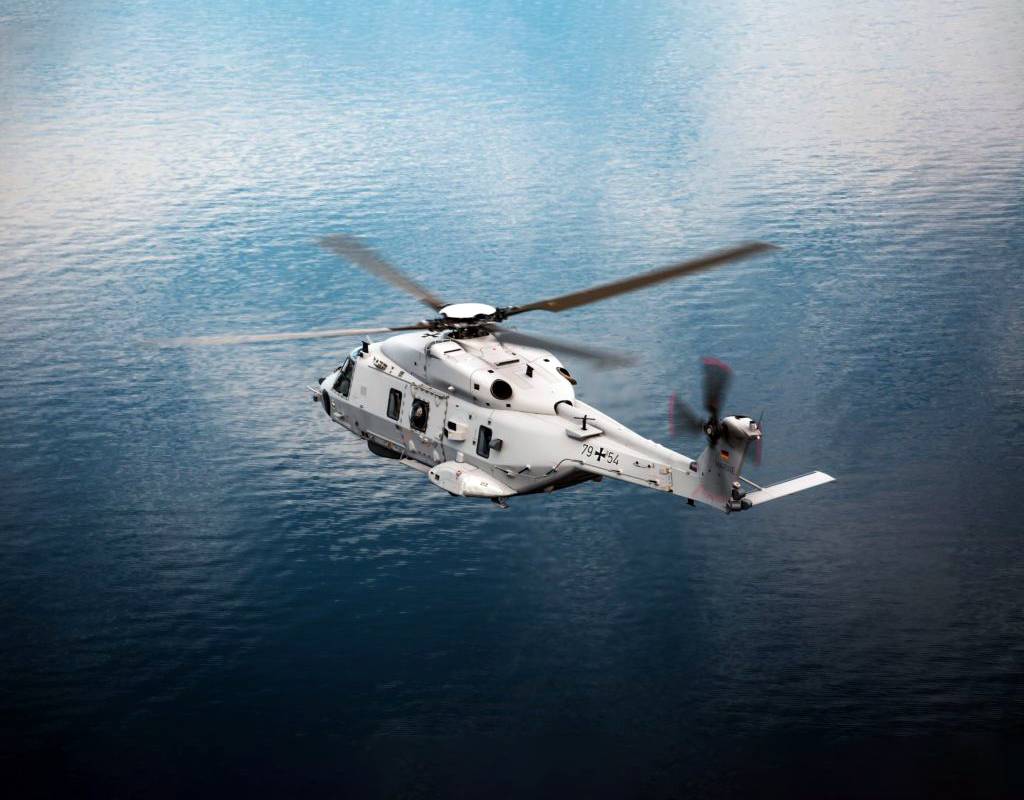
NATO has published an unclassified list of required and desired attributes for its Next Gen Rotorcraft Capability (NGRC) and has invited industry to pitch ideas for meeting those requirements and partner with the alliance to build the future speedy vertical-lift aircraft.
NATO’s Support and Procurement Agency (NSPA) will host its industry day, currently scheduled for Sept. 20-21 in Capellen, Luxembourg. The agency recently launched an open invitation to the defense alliance’s 30 nations seeking industrial collaborators to manufacture relevant capabilities for the aircraft and its systems with these required and desired attributes. The deadline to register was May 12, but missing the cut will not preclude a company from future involvement in the project, according to NATO officials. The invite states the event “is neither a pre-qualification nor a solicitation conference.”
The alliance’s procurement website lists May 12 as a tentative date for an official request for proposals. Alongside an open invitation to the upcoming industry day is a May 6 document listing a fairly specific list of 25 required and desired attributes the future aircraft should meet, some of which track the U.S. Army’s Future Vertical Lift initiatives and requirements and the Navy’s recently released Unmanned Campaign Plan.
The 15 required attributes include the ability to act as an optionally unmanned/remotely piloted vehicle; interior room enough for 12 to 16 combat-ready troops; and configurable to perform special operations, anti-surface warfare/electronic warfare, search-and-rescue (SAR), personnel recovery and medevac missions.
NGRC must have a load lifting capacity of at least 4,000 kilograms (8,819 pounds), a range of 900 nautical miles (1,650 kilometers), combat radius of 400 nm with 30 minutes of loiter time, a cruise airspeed of at least 180 knots and a max gross takeoff weight up to 17,000 kg (37,479 lb.). NATO wants all that at a flyaway cost of no more than€35 million ($42 million) and a cost per flight hour no greater than €10,000 ($12,087).
The list of 10 desired attributes runs from specifying certain mission equipment to a two-minute automated rapid start, fly-by-wire controls, and air-to-air refueling capability.
These specs and the upcoming industry day mark an important milestone for the NGRC program and follow a few other recent ones. In October 2020, France, Germany, Greece, Italy, and the U.K. signed a letter of intent to develop the aircraft. In March 2021, this same multinational team finalized initial NGRC requirements and desired attributes noted above. They also entered a legally binding agreement to establish a joint office for the project, expected to be operational in 2022.
The NATO Industry Advisory Group (NIAG), a high-level consultative and advisory body of senior officials from member countries, also expects to complete two ongoing studies by 2023. Started in May and running in parallel, these two-year studies focus on the survivability of aircraft in a contest environment involving a near peer competitor like Russia or China.
The first addresses the effectiveness of NGRC systems against surface-based air defense threats. The other focuses on, among other things, counter-air systems and resilient command and control architectures that can survive cyber and electronic warfare attacks.
Jose Rosa Dias, the chief engineer and chair of NATO’s Joint Capability Group for Vertical Lift (JCGVL), which coordinates research and development and acquisition efforts for the NGRC effort, outlined six previous NIAG studies at a recent Vertical Flight Society Forum 77 event on May 11. These informed NATO’s recently published requirements for the vehicle.
Patrick Collins, senior fellow at the U.K. Ministry of Defence emphasized that NATO’s old way of doing business will not work. For instance, the NH90 took 25 years from concept development to the first aircraft deliveries, he said during the VFS Forum.
The sense of urgency to rapidly develop and field NGRC to support ground troops looms large, as the majority of NATO rotorcraft — the H-60 Black Hawk, SA330 Puma, NH90, V-22 Osprey, and AW101 — draw closer to their projected 2030 retirement date. NGRC platforms must enter service before legacy systems time out. Given this recent forward movement, NATO seems to be fast-tracking efforts to field the NGRC.



